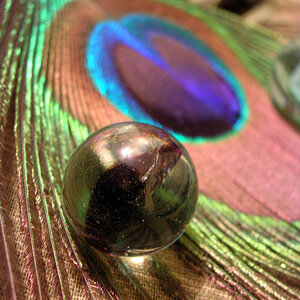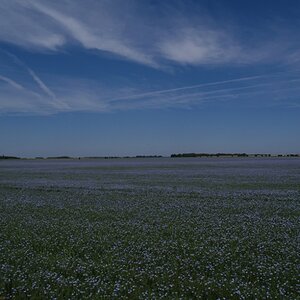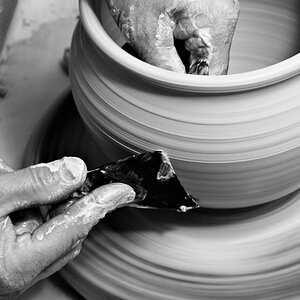Auriflanos
TPF Noob!
- Joined
- Apr 15, 2011
- Messages
- 105
- Reaction score
- 4
- Location
- Corvallis / OR
- Can others edit my Photos
- Photos OK to edit
Alrighty folks, a new version is posted. Updates in this version (2.3) include minor grammatical changes, a new addition on focusing with Live View, two new sub-sections in the Things to Avoid, and an updated Histogram image of what your moon shot "should" look like.
I am new and I will try your manual! Thank you!
Have you tried about star picturing? I mean, by modifying come lenas to take stars picturing with telescope or whatever?



![[No title]](/data/xfmg/thumbnail/35/35215-cb01ff31834a4ee952045622f00781a5.jpg?1619736952)


![[No title]](/data/xfmg/thumbnail/30/30864-50861ef77d7fa163bd5f5b5b8d661f5a.jpg?1619734483)

![[No title]](/data/xfmg/thumbnail/32/32929-22e23acc63d6ecb25e5ee941be87121f.jpg?1619735758)

![[No title]](/data/xfmg/thumbnail/35/35213-19b5e1596f756d523bfde9446f21ca8a.jpg?1619736951)
![[No title]](/data/xfmg/thumbnail/34/34348-b1d1a8e4f9da40319cac8b9f03cce084.jpg?1619736384)


